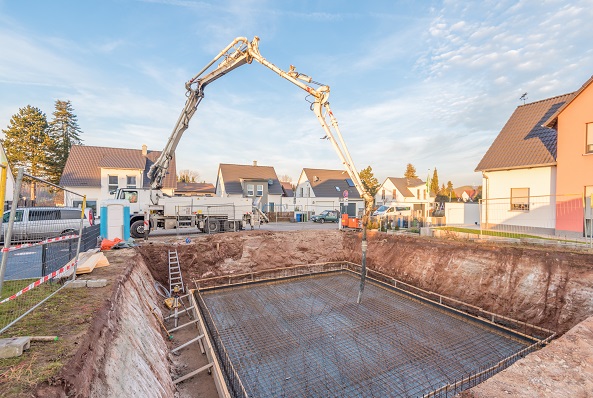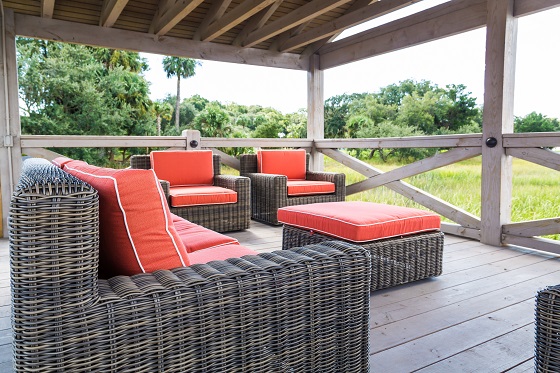Homeowners are beginning to take a stand against contractors who overcharge for their services. One of those simple tasks that homeowners can do on their own to save some money is concrete pouring. For a durable outcome, you should not pour concrete directly on the ground. Instead, you should make a proper concrete base to hold the concrete in place. The proper step to take before pouring your concrete is to first prepare the land by clearing and leveling it. Once done, ensure that the work area is properly compacted with the subgrade. You can then proceed to add a base layer of gravel to provide base support for the concrete that will be poured. This article dives deep into concrete pouring and what you need to know to achieve the perfect outcome.
Concrete Slabs
Concrete slabs are commonly used in all kinds of constructions. General contractors and builders rely on concrete slabs to provide a solid foundation for buildings. They are also used to create sturdy platforms for installations, driveways, carports, and other outdoor structures. Correctly pouring concrete will not only ensure a smooth finish but will also enhance the durability of the concrete slab.
Preparing Your Site Area Before Pouring Concrete
There is only one correct way to pour concrete, as agreed by many construction experts. To ensure that you are doing it the right way and to prevent cracks in your concrete slab, below are the steps to follow to achieve the best result.
Site Preparation
The first step to take before pouring your concrete is site preparation. Your site preparation will include clearing the area to be worked on and getting rid of the vegetation. Take time to ensure that organic materials like leaves and grass are carefully scraped off the area. You can also install demarcations to prevent kids and animals’ access to the area. You should also get rid of large stones or boulders, tree roots, and other items that can affect the quality of your concrete slab now or in the future. You also need to pay attention to utility lines like water pipes and electrical cables as they will affect how you’ll pour your concrete.
Prepare the Subgrade and Subbase
This is the most important step in the process. Proper preparation of your subgrade and subbase will ensure that the concrete slab remains solid and sturdy. To prepare your subgrade layer, you need a compaction instrument to level the work area. Please note that the concrete slab can only be as strong as the subgrade layer. You can add some binding and stabilizing components like Portland cement, lime, or calcium chloride to the site area.
Once your subgrade layer is perfected, you can proceed to prepare the subbase layer. Doing this will require coarse materials like gravel. Take note that you’ll need coarser materials for sites to be used for heavy-duty or industrial applications. Your subbase layer increases the concrete slab’s load-carrying capacity and prevents the upward movement of water from the soil.
Construct Concrete Form and Add Wire Mesh
Your concrete form will greatly help with maintaining concrete thickness. It will also guide your concrete pour from spilling into other areas. To construct the concrete form, make sure to get an impervious material to serve as a demarcation on both sides of the work area. After getting this right, add wire mesh for light-duty slab applications. Wire mesh will increase the integrity and strength of the concrete slab while also extending its lifespan. If you are planning a concrete pour for heavy-duty use, you should use rebars instead. Rebar is also known as reinforcing bar. It adds strength and durability to the concrete slab while also increasing its load-carrying capacity.
For your mesh or rebar to be effective, it is recommended that it should be set at a reasonable height such that it will fall in the middle of the concrete pour’s thickness.
Things to Keep in Mind
Other factors can affect the quality and strength of your concrete pour. Some of these include;
- The thickness of your concrete slab
- The component of your concrete mix (the ratio of water to aggregate).
- Distribution of concrete mix.
If you can, it is recommended that you screed the top layer of the concrete to allow proper slope. A proper concrete slope will direct water away from the concrete and also help to increase its longevity and durability.










